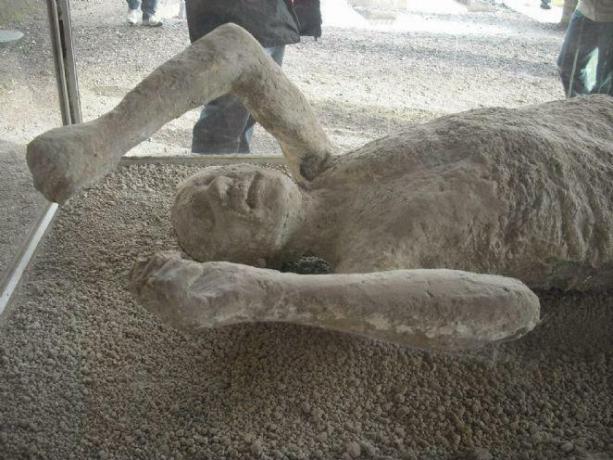A cloning It is a process by which an organism is reproduced from a single cell or tissue fragment, creating an exact copy of the original organism. Cloning can occur naturally, but it can also be done in the laboratory, using techniques of biotechnology. A billionaire started cloning pets and now it's becoming popular. Know more.
How it all began
see more
Alert: THIS poisonous plant landed a young man in the hospital
Google develops AI tool to help journalists in…
The objective was to clone Missy, the dog of Joan Hawthorne, companion of John Sperling, a billionaire in the educational sector, who died in 2014, who financed the research and experiments. Missy was a border collie and husky mix and she was still alive and healthy.
However, the goal of spawning another Missy was not achieved until the end of the project. That's because dogs are some of the hardest mammals to replicate.
Even so, he made history: he produced the world's first cloned domestic animal, the cat CC (Carbon Copy or CopyCat), in 2001.
However, the cat was physically very different from the original. It is something that can happen in cloning, as the same DNA does not necessarily mean an identical appearance.
The experiments continued, and over the next few years, the company was able to clone three more cats. This time they were very similar.
In 2004, she finally delivered the first cloning ordered by a client: the cat Little Nicky, a copy of a Maine Coon, who died at the age of 17.
Project Missy successfully carried out
In 2007, in South Korea, Missy's cells that had been preserved were used to finally realize the billionaire's dream: Mira, an identical clone, was born. According to Lou Hawthorne, the equivalent of R$75 million was spent on all the research to reach Mira.
In recent years, the procedure has become more effective. However, animal cloning has been the subject of much controversy, especially with regard to the cloning of animals for human consumption.
Some argue that cloning animals for food production can be more efficient and safer than other methods. genetic improvement techniques, while others question the safety and ethics of mass-producing animals cloned.
Lover of movies and series and everything that involves cinema. An active curious on the networks, always connected to information about the web.


